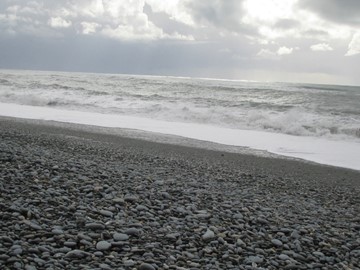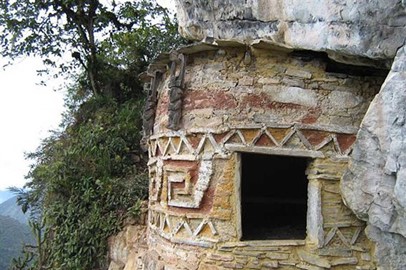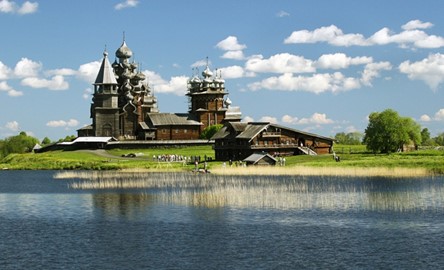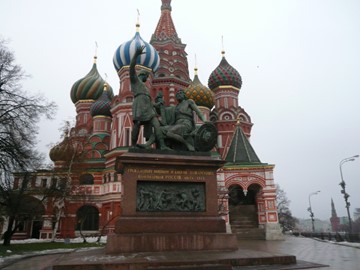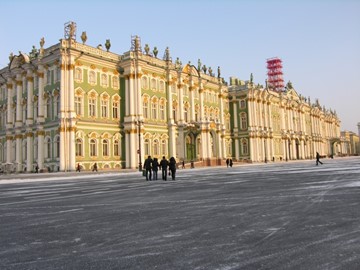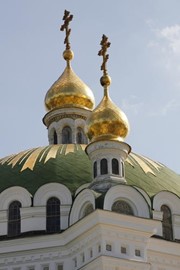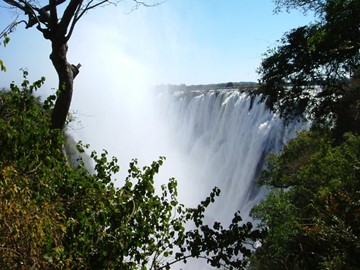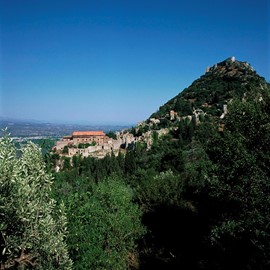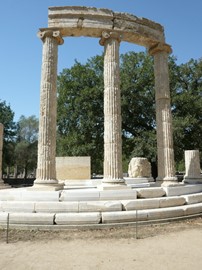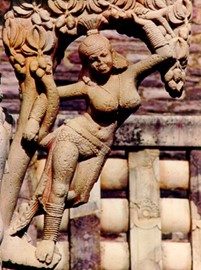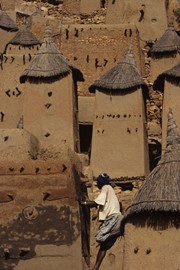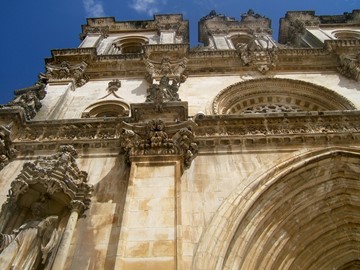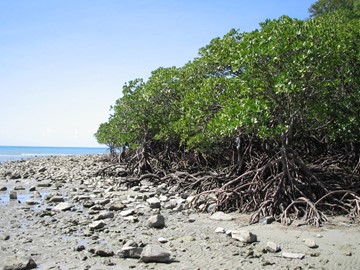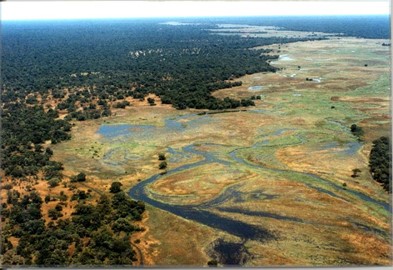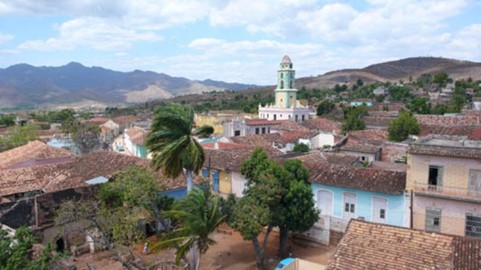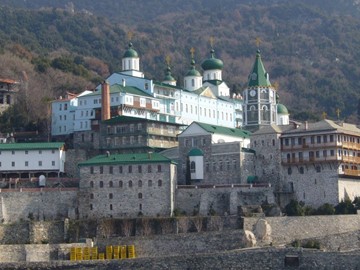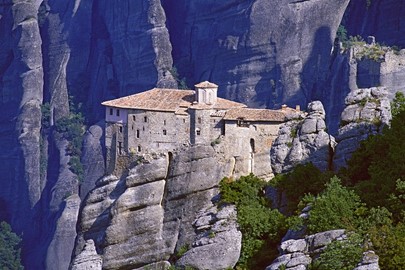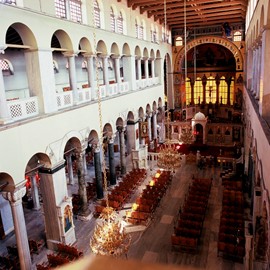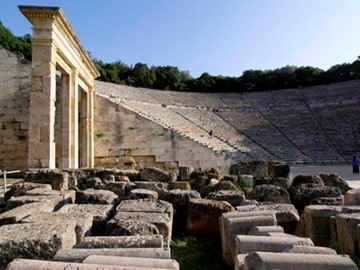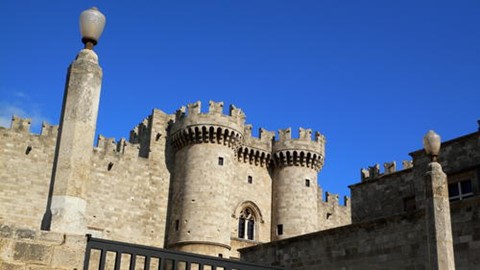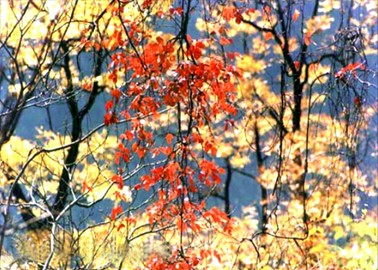search
Te Wahipounamu
Te Wahipounamu is a UNESCO World Heritage site located in New Zealand, recognized for its outstanding natural beauty and geological significance. It encompasses a diverse landscape of rugged mountains, glaciers, fjords, and rainforests, hosting a rich variety of unique flora and fauna, including ancient species like the takahe and kiwi. The site is also culturally significant, tied to Māori heritage and traditional resource use, making it a globally important conservation area.
Río Abiseo
Río Abiseo National Park, a UNESCO World Heritage site in Peru, is renowned for its exceptional biodiversity and archaeological significance. This protected region harbors a rich variety of flora and fauna, including rare species like the yellow-tailed woolly monkey. The park also contains over 30 pre-Columbian archaeological sites, most notably the Gran Pajatén ruins, offering valuable insights into ancient Andean civilizations. Its remote location and pristine ecosystems make it a critical conservation ar... Read More
Kizhi Pogost
Kizhi Pogost, a UNESCO World Heritage site in Russia, is an architectural marvel featuring two 18th-century wooden churches and an octagonal bell tower, all constructed without nails. The centerpiece, the Church of the Transfiguration, boasts 22 domes and intricate craftsmanship, reflecting traditional Russian carpentry techniques. This historic ensemble, located on an island, offers a glimpse into Russia’s cultural and religious heritage, preserved as a testament to its architectural ingenuity.
Kremlin and Red Square, Moscow
The Kremlin and Red Square in Moscow form a historic World Heritage site in Russia, recognized for their cultural and political significance. The Kremlin, a fortified complex, has served as the seat of Russian power for centuries, housing palaces, cathedrals, and government buildings with architecture spanning medieval to modern times. Adjacent Red Square, a vast public plaza, is famous for landmarks like Saint Basil’s Cathedral and Lenin’s Mausoleum, reflecting Russia’s rich history and artistic legacy. To... Read More
Saint Petersburg
The Historic Centre of Saint Petersburg, a UNESCO World Heritage site in Russia, is famed for its breathtaking architecture, deep historical roots, and cultural importance. Established in 1703 by Tsar Peter the Great, it features splendid palaces, elaborate churches, and top-tier museums, such as the Hermitage, a global leader among art galleries. Its charming canals and graceful bridges showcase a mix of Baroque and neoclassical designs, giving it the title 'Venice of the North.' The city, highlighted by l... Read More
Kyiv
Saint-Sophia Cathedral and Kyiv-Pechersk Lavra, a UNESCO World Heritage site in Ukraine, represent remarkable examples of Eastern Orthodox architecture and monastic life. The cathedral, dating back to the 11th century, features stunning mosaics and frescoes, reflecting its historical role as a spiritual and cultural center. Kyiv-Pechersk Lavra, a sprawling monastery complex, is renowned for its underground caves, golden-domed churches, and centuries-old relics, attracting pilgrims and visitors alike. Togeth... Read More
Itchan Kala
Itchan Kala, a UNESCO World Heritage site in Uzbekistan, is the historic inner town of Khiva, encircled by towering brick walls that once sheltered caravans before their desert journey to Iran. This well-preserved gem showcases Central Asian Islamic architecture with notable structures like the Djuma Mosque, ornate mausoleums, and grand palaces from the 19th century, reflecting its rich cultural legacy. Recognized in 1990, it stands as a testament to the region’s historical significance along the Silk Road.... Read More
Victoria Falls
Mosi-oa-Tunya / Victoria Falls, a UNESCO World Heritage site in Zambia and Zimbabwe, recognized in 1989, is one of the world’s largest waterfalls, formed by the Zambezi River plunging over a basalt plateau. Known as 'The Smoke That Thunders,' its mist-soaked gorges and rainforests support rare species like the African fish eagle. This transnational site reflects Southern Africa’s natural splendor, showcasing a breathtaking geological marvel preserved across borders.
Mystras
Mystras, a UNESCO World Heritage site in Greece, is a remarkably preserved medieval fortified town. Founded in the 13th century, it served as a Byzantine capital and cultural hub, boasting impressive architecture like palaces, churches, and monasteries adorned with intricate frescoes. Its historical significance lies in its role as a center of power and learning during the late Byzantine era. Today, it stands as a captivating testament to Greece’s rich past, drawing visitors to explore its winding streets a... Read More
Olympia
The Archaeological Site of Olympia, a UNESCO World Heritage site in Greece, is renowned as the birthplace of the Olympic Games, first held in 776 BCE. This ancient sanctuary features well-preserved ruins, including the Temple of Zeus, once home to a colossal gold-and-ivory statue of the god, and the stadium where athletes competed. The site also includes the workshop of sculptor Phidias and various structures tied to religious and athletic activities. Excavations have revealed artifacts showcasing its histo... Read More
Sanchi
The Buddhist Monuments at Sanchi, a UNESCO World Heritage site in India, are a remarkable collection of ancient structures dating back to the 3rd century BCE. This historic complex includes intricately carved stupas, monasteries, and temples that showcase the evolution of Buddhist art and architecture. The site is renowned for its well-preserved Great Stupa, a significant pilgrimage destination that exemplifies early Buddhist monument design. These monuments collectively reflect the profound cultural and re... Read More
Bandiagara
Bandiagara, a UNESCO World Heritage site in Mali, is renowned for its unique cultural and architectural significance. Nestled within a dramatic escarpment, it features ancient cliff-dwelling villages built by the Dogon people, showcasing their traditional mud-brick homes and granaries perched along the sandstone cliffs. This historic site reflects centuries of human ingenuity, blending seamlessly with the natural landscape, and preserves the rich spiritual and agricultural heritage of the region.
Banc d'Arguin
Banc d'Arguin, a UNESCO World Heritage site in Mauritania, is a vital coastal ecosystem renowned for its rich biodiversity. This national park serves as a critical breeding ground for migratory birds and supports a diverse marine life, including fish, mollusks, and crustaceans. Its unique blend of desert and ocean environments has sustained traditional fishing communities for centuries, making it a globally significant natural and cultural treasure.
Monastery of Alcobaça
The Monastery of Alcobaça, a UNESCO World Heritage site in Portugal, is a remarkable example of medieval Cistercian architecture, founded in 1153 by King Afonso Henriques. Its Gothic church, one of the largest of its kind, features intricate stonework and a serene cloister, reflecting the order’s emphasis on simplicity and spirituality. The monastery also houses the tombs of King Pedro I and Inês de Castro, tied to a tragic royal love story that adds historical intrigue. Today, it stands as a well-preserved... Read More
Wet Tropics of Queensland
The Wet Tropics of Queensland, a UNESCO World Heritage site in Australia, is a lush tropical rainforest renowned for its extraordinary biodiversity and ancient origins. Teeming with unique species like the cassowary and vibrant tree frogs, it preserves some of the oldest rainforests on Earth, dating back over 100 million years. Dense canopies, cascading waterfalls, and rugged gorges create a stunning landscape, while its ecological diversity offers a living record of evolutionary processes. This pristine wi... Read More
Manovo Gounda St Floris
Manovo-Gounda St Floris, a UNESCO World Heritage site in the Central African Republic, is a vast savanna park renowned for its rich biodiversity and ecological significance. Home to iconic species like black rhinoceroses, elephants, leopards, and red-fronted gazelles, it straddles two ecological zones, blending East and West African savanna species with southern forest communities. Inscribed in 1988 for its natural wealth, it has been on the List of World Heritage in Danger since 1997 due to poaching and se... Read More
Trinidad and the Valley de los Ingenios
Trinidad and the Valley de los Ingenios, a UNESCO World Heritage site in Cuba, is a well-preserved colonial city and surrounding sugar-producing valley that showcase the island's historical and cultural legacy. Founded in the early 16th century, Trinidad features cobblestone streets, pastel-colored buildings, and Spanish colonial architecture, reflecting its prosperity from the sugar trade. The nearby Valley de los Ingenios, with its ancient sugar mills, plantations, and archaeological remains, highlights t... Read More
Strasbourg
Strasbourg, a UNESCO World Heritage site in France, is a historic city renowned for its picturesque medieval core. Its iconic Gothic cathedral, with its intricate facade, towers over half-timbered houses along charming canals. The site reflects a unique blend of French and German influences due to its border location. Known for its role in European history, it preserves a rich cultural tapestry. This well-preserved urban gem offers a captivating glimpse into centuries of architectural and political heritage... Read More
Mount Athos
Mount Athos, a UNESCO World Heritage site in Greece, is a self-governing monastic community renowned for its spiritual and cultural significance. Home to 20 Eastern Orthodox monasteries, it has been a center of religious devotion and scholarship since the 10th century. The peninsula’s rugged terrain and isolation have preserved its Byzantine architecture, ancient manuscripts, and traditional way of life. Access is restricted, with only male pilgrims permitted after obtaining special approval, reflecting its... Read More
Meteora
Meteora, a UNESCO World Heritage site in Greece, is renowned for its unique geological formations and monasteries built atop towering rock pillars. Formed millions of years ago, these natural wonders create a dramatic landscape that blends seamlessly with the historic monastic complexes. Established primarily in the 14th century, the monasteries were constructed by monks seeking solitude and spiritual refuge, showcasing remarkable architecture and frescoes. Today, six of these monasteries remain active, att... Read More
Thessalonika
Thessaloniki, a UNESCO World Heritage site in Greece, is a historic city renowned for its rich cultural tapestry, blending Roman, Byzantine, and Ottoman influences. Founded in 315 BC, it boasts well-preserved landmarks like the White Tower, the Arch of Galerius, and numerous early Christian and Byzantine monuments, recognized for their architectural and artistic significance. As a key port on the Aegean Sea, it has long been a crossroads of trade and ideas, contributing to its vibrant heritage. Today, it st... Read More
Sanctuary of Asklepios
The Sanctuary of Asklepios, a UNESCO World Heritage site in Greece, is an ancient healing center dedicated to the god of medicine, Asklepios. Established in the 6th century BCE, it served as a renowned medical and religious complex where patients sought cures through rituals, dreams, and treatments. The site features impressive ruins, including a theater, temple, and therapeutic baths, reflecting its historical significance. Excavations have revealed artifacts that highlight its role as a pioneering hub of ... Read More
Rhodes
The Medieval City of Rhodes, a UNESCO World Heritage site, is a well-preserved historical gem in Greece, renowned for its impressive fortifications, cobblestone streets, and Gothic architecture. Built by the Knights of St. John in the 14th century, it reflects a blend of medieval European and local influences. The city’s massive walls, grand palaces, and ancient gates offer a glimpse into its storied past as a strategic stronghold. Today, it stands as a living museum, attracting visitors with its timeless c... Read More
Nanda Devi and Valley of Flowers
Nanda Devi and Valley of Flowers, a UNESCO World Heritage site in India, is renowned for its stunning natural beauty and biodiversity. This protected area features the majestic Nanda Devi peak, one of India's highest mountains, surrounded by pristine alpine meadows, glaciers, and rare flora like the blue poppy. The Valley of Flowers is celebrated for its vibrant wildflower blooms, especially during the monsoon season, alongside a rich ecosystem supporting endangered species such as the snow leopard and Hima... Read More
Djenné
The Old Towns of Djenné, a UNESCO World Heritage site, are historic settlements in Mali renowned for their unique mud-brick architecture, including the iconic Great Mosque. Established as a trading hub along the trans-Saharan routes, these towns reflect centuries of cultural and commercial exchange. The well-preserved urban layout and traditional building techniques highlight their historical significance and architectural ingenuity. Today, they stand as a testament to Mali's rich heritage and early urban d... Read More
